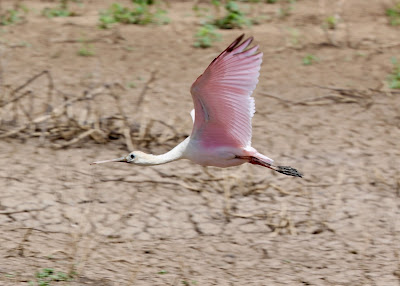Continuing to share my warbler photos along with information about each species, from my latest book: "Warblers of Arizona, A Guide to Finding and Photographing Warblers in Southern Arizona."
If you are interested in purchasing it, please email me at exclusivelywildlifephotos.com or info@azuregate.com.
Townsend's Warbler

Common Name: Townsend’s Warbler
Scientific Name: Setophaga townsendi
Conservation Status: Least Concern, small population decline over past 50 years; estimated population of 17 million
Size: 5 inches
Description: high contrasting yellow face with black mask; yellow undereye arc; short black bill; variably black throat with yellow border; dark olive green back; two white wing bars; yellow breast; white belly; side streaking on flanks; white undertail;
Male/Female: female has an olive green crown with thin black streaks; olive cheek patch; yellow cheek, throat, chest, and flanks; some black markings on throat but not nearly like the male; olive back with thin black streaks; white belly and undertail; two white wingbars
Range: Alaska to Nicaragua, Pacific Coast to Colorado/New Mexico
Migration: summer and breeds from Alaska to the Pacific Northwest; winters from Southeast Arizona to Central America
Season for Arizona: year round but higher populations in April/May and August/September/October
Habitat: tall coniferous and mixed coniferous-deciduous forests; wintering in lower elevation mature dense forests, chaparral, and suburban parks
Community Behavior: solitary or mixed warbler/titmouse flocks; however will agressively fight to protect
Feeding Behavior: gleans insects from leaf surgaces and pine needles in the upper third of the tree; anywhere that insects excrete their sugary substance; will also hawk and hover
Diet: insects but also the sugary excretions of scale insects; and occasionally berries
Nesting Behavior: bulky open cup nest of bark, pine needles, small twigs, grass, lichens, and spider cocoons lined with finer grass, feathers, moss, or hair; usually on a main coniferous tree limb concealed by foliage; can be anywhere from 7 to 60 feet above ground; 4-5 white eggs with brown spots; incubation estimated at 12 days; nestling period another 8-10 days
Where to Find in Southern Arizona: most of the Madrean Sky Island mountains at elevations above 4,500 feet
Comments: hybridizes with Hermit Warbler

































